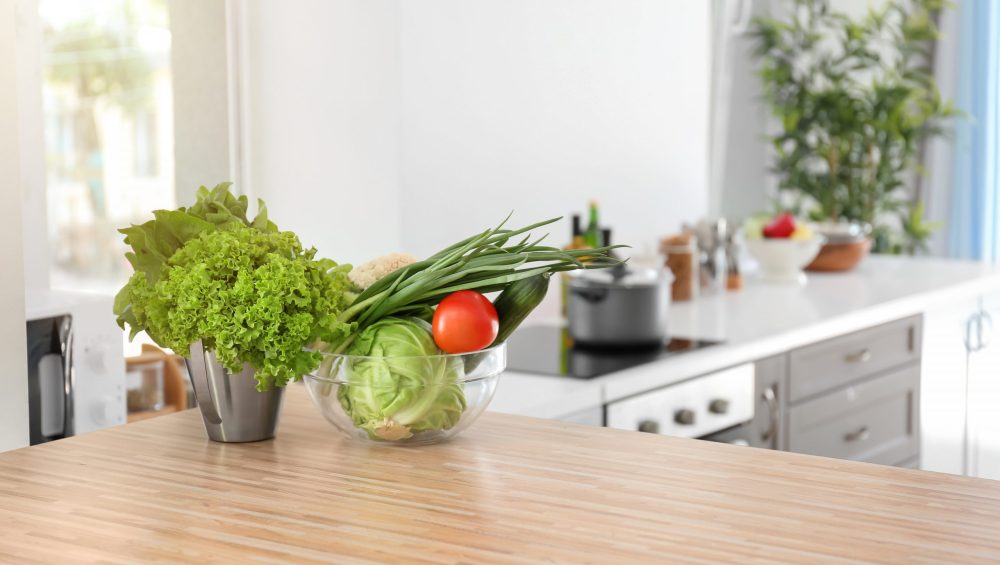Today’s guest post comes courtesy of Minneapolis based nutrition coach, Megan Schall.
Megan contributed a guest post to the site a few weeks ago that ended up being very popular, and today she’s back with another gem that I feel can help a lot of people.
Nutrition can be a highly confusing and convoluted topic to write about. Countless books have been written saying fat is the enemy; no, protein is; oh, wait, actually, it’s carbohydrates. May you forever be sequestered to the depths of Mordor for having the audacity of partaking in an apple.
Asshole.
Facetiousness aside, Megan has a unique ability of recognizing that it is a mess out there, that information is uncannily biased (book sales over common sense!), and that, more often than not, it’s the simple things that most people need to focus on.
Enjoy!

The Trick 👇 👇 👇
Spoiler Alert: This blog post is *not* going to be about how you must never eat bananas or how, if you stop eating after 6pm, all your dreams will come true (although, if either of those things are working for you – that’s cool! Keep doing your thing!)
This one trick is going to sound stupidly simple and maybe even too good to be true. It’s something you can do anywhere, with any food, and it costs zero dollars.
What’s the secret?
Eat slowly.
Yes, you read that right. It may not be sexy but slowing down when/how you eat can be a complete game changer.
If you’re thinking this sounds a little too simplistic or basic to be of any real use, I get it. But before you close this tab and go back to watching hilarious goat videos, let’s break down some of the reason why this works:
1. Eating Slowly Helps You Register Your Hunger and Fullness Cues
You’ve probably heard it takes about 20 minutes for your brain to register that you’re full.
When you take your time and eat more slowly, you give yourself a chance to actually feel when you’re no longer hungry vs. wolfing down everything on your plate.
If you eat super fast, it’s very easy to eat more food than you need.
2. Slower eating = Better Digestion
Taking your time to relax, breathe, and chew your food well helps turn down the stress and activate your ‘rest and digest’ state. This means you’ll not only taste and enjoy your food more, but you’ll also experience better digestion.
Win-win!
3. Eating Slowly Can Improve Your Food Choices.
When you slow down and really savor your food, you can pay more attention to the taste and texture.
Try eating a processed “food-like” item slowly and mindfully and you’ll likely find it to be rather disgusting. Or you may discover certain foods make you feel not so great, while others leave you feeling like a rock star. That oatmeal you’ve been eating for breakfast for the last ten years? You might discover that you actually kind of hate it (true story from one oatmeal hating client).
4. Eating Slowly Can Be Done In Any Situation Involving Food1
You don’t have to follow a certain meal plan or eating window or count points or macros.
Whether you’re alone or in a group, you can eat slowly.
If you’re eating out (remember when we did that?) you can eat slowly. If you’re at home or traveling or eating while you’re working or driving, you can still eat slowly (although maybe try not to eat while driving).
But How?
Now that we’ve established that eating slowly is a good thing, how do you actually go about it? While eating slowly is a simple thing to do, that doesn’t mean it’s easy – a deadlift is a simple motion but takes a lot of practice and is always a work in progress.
Eating slowly is no different.
If you don’t believe me, I’ll challenge you to try a little experiment: At your next meal, start a timer. Eat normally. See how long it takes. (Don’t worry if it’s an appallingly small amount of time. This is totally normal.)
At another meal, set a timer for 20 minutes. Sit down at the table. Do not get up until your timer goes off. Try to make your meal last that long.
It. Is. So. Hard.
Luckily, there are many strategies you can employ to make it easier to practice.
- Setting a timer and trying to stretch out the number of minutes it takes you to eat is a great place to start. Maybe try adding 1-2 minutes to each meal.
- You can put down your utensils between bites, or take a few deep breaths or a sip of water.
- Put away your phone, turn off the TV, and sit down at an actual table. Eliminate distractions and focus only on your food. It’s much easier to eat quickly and mindlessly when you’re also.
- If you’re eating with other people, try pacing yourself with the slowest eater (and if you’re eating with small children even better! Kids tend to eat quite slowly and can be great pacers).
- Engage in conversation with your eating partners. Take a pause from eating to listen to what they say.
- Pick a time when you know you can schedule a slow and mindful eating experience and go all in. See how long you can stretch it out.
- Set an alarm on your phone or put a post-it note somewhere you will see it with a reminder to eat slowly.
- Or, if you really want to go all in you could do what I did and get braces as an adult. Not necessarily the first strategy I’d recommend, but it is ridiculously hard to eat in general, much less to eat quickly.
Again, just because it’s simple doesn’t mean it’s easy.
In our world of constant distractions and noise, it’s really hard to sit for 15-20 minutes with no interruptions and just focus on eating. Our culture doesn’t exactly support the concept of slow and mindful eating, so it may take some practice and no one is going to be able to eat slowly all the time.
But it’s worth taking the time (literally) to give it a try and it’s something you can always return to if you feel your food or eating habits are getting off track. Even if weight loss is not your goal, being able to tune into your hunger and fullness cues and notice how food is affecting you is a useful tool to have in your tool belt!
If you’re trying to make changes to your nutrition habits, becoming aware of what’s happening when you are eating and how that is affecting your choices is a great place to start. And you can’t observe what is happening unless you slow down.
Try a slow eating experiment and you just may be surprised by the results.
About the Author
 Megan Schall is a certified nutrition coach and personal trainer located in Minneapolis, Minnesota.
Megan Schall is a certified nutrition coach and personal trainer located in Minneapolis, Minnesota.
Through her customized online nutrition coaching programs, Megan helps you clarify your goals and take action to address all aspects of well-being: nutrition, sleep, stress management, movement, mind-body awareness, and more.
By building skills and routines that fit into your real life, Megan will help you make changes to your nutrition and self-care habits to meet your health and wellness goals and create sustainable, lasting results.






